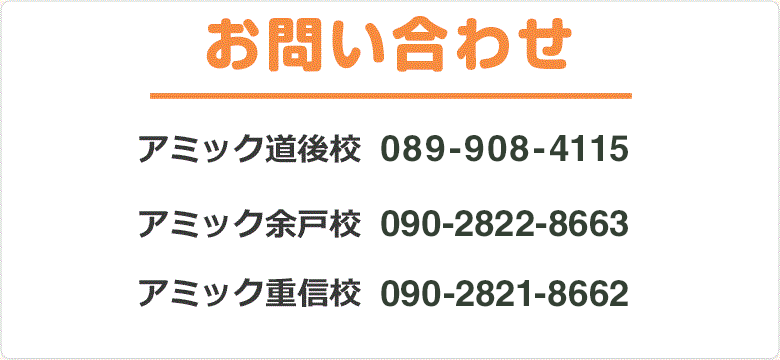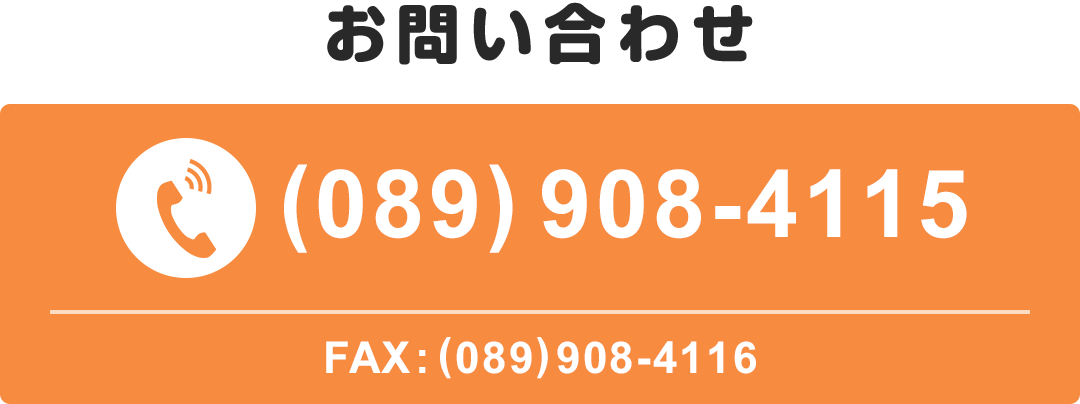V-mail: not quite the predecessor of e-mail 英会話・英語 アミック
2018/08/28
I’ve noticed a common trope when it comes to movies set during World War II: a soldier sends a letter to their family or sweetheart only for censorship to render it unreadable! Of course, censorship was an important tactic to use in an era of espionage and misdirections. Perhaps soldiers just had to learn how to censor their letters over time or they got yelled at enough times from their superiors to know better than to include locations and positions in their notes home. How were soldiers able to communicate with their loved ones? I, for one, would be devastated if my child or husband were in war and the only communication I received from them was full of holes! Enter V-mail!
Short for Victory Mail; V-mail was a hybrid mail process that was used during World War II for soldiers stationed abroad to send secure correspondence. How did it work? V-mail correspondence was written on small letter sheets, or paper that could be folded and sent without an envelope. The V-mail would than be censored and then photographed and transferred as a tiny image to microfilm. Once the V-mail arrived to its destination, the image would be printed at 60% of the documents original size.
According to the National Postal Museum, “V-mail ensured that thousands of tons of shipping space could be reserved for war materials. The 37 mail bags required to carry 150,000 one-page letters could be replaced by a single mail sack. The weight of that same amount of mail was reduced dramatically from 2,575 pounds (1168 kg) to a mere 45 (20.4 kg).This saved considerable weight and bulk in a time in which both were hard to manage in a combat zone.” [1] Wow!
In addition to postal censorship, V-mail also worked to stop espionage communications by “foiling the use of invisible ink, microdots, and microprinting, none of which would be reproduced in a photocopy.”[1] Who knew mail could be so fascinating?!












